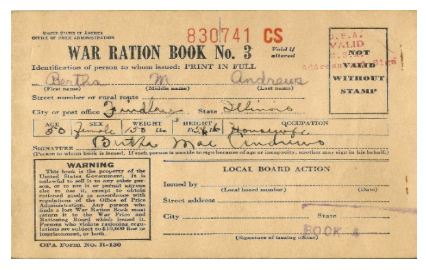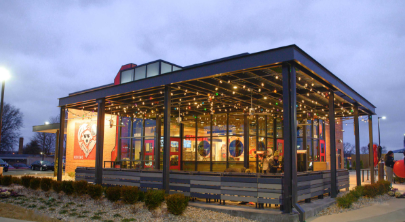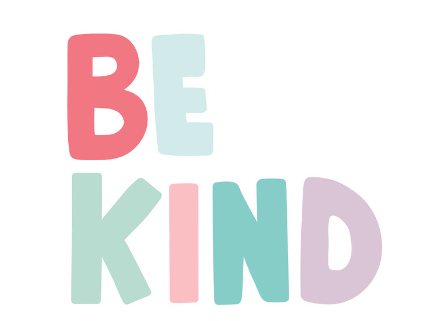Rationing During World War II

From 1939 to 1945 starvation was a problem. This was shown in The Diary of Anne Frank. In the movie, the Franks struggled with food. Miep and Mr. Krawler used their ration cards to get food for the Jews hiding in the annex. Ration cards were very essential during the war to help people get food.
During WWII, German submarines attacked British food supply ships. This led to a shortage of food and supplies. To help make sure everyone got their fair share, ration cards were made. The ration cards made so everyone got food. They also prohibited people from buying too much of one item. The United States and The United Kingdom used ration cards during WWII.
The most rationed item was food, but there were other things as well. Items such as shoes, cars, and tires were also rationed. The first ever ration book was handed out on may 4, 1942. The first ever item rationed was sugar. Coffee was so scarce that imitation coffee was made out of roasted barley, oats, chicory, and acorns.
Ration cards were a very simple process. Everyone was given a ration card. When you went to the store, and bought an item like bread, it was marked off your card. Once it was marked off your card you had to wait to buy that item again. Meat was not eaten every day. Some items were not rationed because they were imported overseas to military troops.
Germany also used ration cards. They were introduced in late August 1939 shortly before war broke out. Originally many food items were rationed, along with clothes, shoes, leather, and soap. The ration books only gave you what you needed and not luxury items such as chocolate and whipped cream.
Rationing was used during WWII as a way to distribute food and supplies. Areas like the United States and The United Kingdom used ration cards. Items like meat, bread, tires, cloth, and sugar were rationed. Last, ration cards were a very simple process.






L.J. Hillis • Mar 12, 2020 at 9:15 am
Bryon, this article gave me a better insight on some of the things that happened during this terrible time. I now feel more informed about how people got their food during WWII.
Kyle Henry • Mar 12, 2020 at 9:08 am
I liked this article because it told me about ration cards. I didn’t know how or why they were used. Now I know what they were used for.